Shaki is located in the northwestern part of Azerbaijan, on the left bank of the Kish River, and is known for its exquisite mountain scenery and rich cultural and historical heritage. Shaki is a veritable treasure trove for enthusiasts of history and culture.
This city consistently ranks high on the list of must-visit destinations for tourists.
Its history spans approximately 2700 years, with roots tracing back to the 1st millennium BCE. Archaeological evidence indicates that a settlement already existed here in the 6th century BCE. Shaki played a significant role in the life of Caucasian Albania, serving even then as a center for crafts, a development facilitated by the flourishing of sericulture from the 5th-6th centuries CE and its proximity to Barda, the capital of Albania.
In the mid-18th to early 19th centuries, the historical region of Shaki was home to one of the most powerful feudal states in Azerbaijan – the Shaki Khanate. The former residence of the Shaki Khans was constructed in 1762. This well-preserved edifice is now the Shaki Khans’ Palace Museum. The palace is considered one of the most magnificent architectural monuments of global historical and cultural significance. It is part of the state historical and architectural reserve and is celebrated for its intricate patterns and frescoes. Within the palace, the walls and window openings of the halls and rooms are adorned with removable stained-glass windows known as “shebeke”. This technique is frequently encountered in Azerbaijani architecture and has been utilized since the 11th-12th centuries. It is a masterpiece of decorative art – ranging from 5,000 to 14,000 pieces of multicolored glass in one square meter of shebeke, assembled by master craftsmen using wooden strips, secured without the use of nails or glue.
The old city and the Shaki Khans’ Palace were inscribed on the UNESCO World Heritage List in 2019. Also included in the UNESCO listings are an Albanian temple and an ancient church in the village of Kish.
Furthermore, Shaki is famous for its caravanserais, ancient trading centers where life bustled and merchants and travelers found respite in ancient and medieval times. Other notable landmarks in the city include the Shakikhanovs’ House, the minaret of the Gilekli Mosque, and the round temple of Shaki (17th–19th centuries).
Poets such as Haji Muhammad Zare, Rafei, Nabi, and others lived in Shaki. They resided at the court of the Shaki Khans and were devoted to the traditions of courtly poetry.
The urban layout of Shaki is adapted to the natural surroundings, with narrow, small streets that branch into turns and alleys. The mountain forests surrounding the area prevent excessive heating of the city.
The hot months of the year from June to mid-September, with an average daily high temperature exceeding 25 °C. The hottest month of the year in Shaki is July, with an average high of 30 °C and a low of 19 °C.
The cold season lasts from November 20th to March 15th, with an average daily low temperature below 10 °C. The coldest month of the year in Shaki is January, with an average high of -2 °C and a low of 5 °C.





